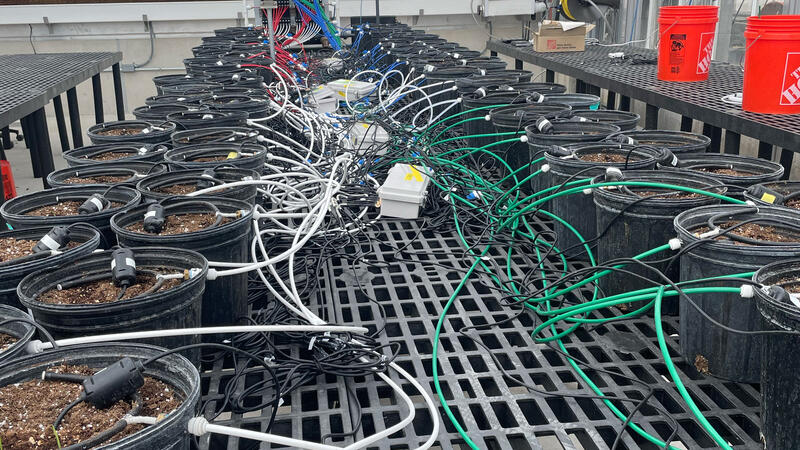News
Timing is everything: How drought affects switchgrass
Rock-licking teen to two-time All American track athlete to albedo expert. Today's guest, Cheyenne Lei, Great Lakes Bioenergy researcher, shares how her path as an international student-athlete combined with her passion for field research and mentorship led her to a Ph.D. in geography at Michigan State University.
Newly published research from Michigan State University demonstrates how to evaluate soil carbon stock changes more accurately. This calculation has significant implications on measuring the actual environmental benefits of regenerative agriculture practices and economic consequences through emerging carbon markets.
Troy Runge grew up around silos. As the new director of agricultural and life science research at the University of Wisconsin–Madison, he’s hoping to tear some down.
Commonly known as brewer’s yeast, Saccharomyces cerevisiae tends to get credit for bread, beer, wine, ethanol and just about any other product of fermentation.
Great Lakes Bioenergy Research Center scientist Shannon Stahl is one of two University of Wisconsin–Madison faculty elected to the prestigious National Academy of Sciences, one of the highest honors a scientist can receive.
Agriculture looks nothing like it did when Michigan State University was founded as the nation’s first institution to teach scientific agriculture 168 years ago, and the next 168 years will require as many or more advancements to meet the needs of our changing planet.
In their newly published study, Department of Energy Bioenergy Research Center collaborators at GLBRC and the Center for Advanced Bioenergy and Bioproducts Innovation (CABBI) peer into the complexities of life on a leaf.





